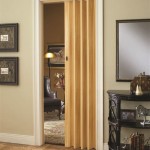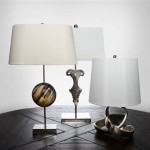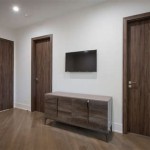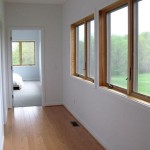Designs of Interior Living Rooms
The living room, often considered the heart of a home, serves as a gathering place for family and friends, a space for relaxation, and a reflection of personal style. Interior design trends constantly evolve, offering a myriad of options to transform living spaces into functional and aesthetically pleasing havens. When designing a living room, several key considerations come into play, including functionality, aesthetics, and personal preferences. These aspects should be carefully analyzed to create a cohesive and inviting ambiance.
Functionality: Prioritizing Practicality
Functionality is a crucial aspect of living room design. The space should accommodate the intended uses, whether it's for entertaining guests, unwinding after a long day, or simply enjoying a quiet evening. Considering the size and layout of the room is essential for maximizing its potential. For instance, a large living room might benefit from designated areas for different activities, such as a cozy reading nook, a spacious entertaining area, or a dedicated workspace.
Ergonomics and flow are also important aspects of functionality. Furniture should be positioned to facilitate movement and provide comfortable seating arrangements. Adequate lighting is another crucial element, ensuring sufficient illumination for reading, socializing, and creating a pleasant atmosphere. Determining the appropriate lighting fixtures and placement, including natural light sources, is essential for achieving a well-lit and functional environment.
Aesthetics: Creating a Harmonious Atmosphere
Aesthetics play a significant role in shaping the overall ambiance of a living room. The chosen design style should reflect the homeowner's personality and taste. Popular styles include modern, contemporary, traditional, minimalist, and eclectic. Each style boasts unique characteristics, from clean lines and neutral colors in modern designs to ornate details and rich colors in traditional styles.
Color palettes and materials are crucial elements in achieving a harmonious aesthetic. Color choices can influence the mood and feeling of a space. Neutral colors create a sense of calm, while bolder hues add vibrancy and energy. Selecting complementary color combinations that enhance the overall design is essential. Materials, such as wood, metal, fabric, and stone, contribute texture and visual interest, adding depth and dimension to the living room.
Personal Preferences: Reflecting Individuality
Ultimately, the design of a living room should reflect the homeowner's individual preferences, creating a space that feels personal and inviting. This can be achieved through incorporating sentimental items, artwork, and accessories that hold meaning and significance. Adding personal touches allows the living room to tell a story and showcase the homeowner's unique style and interests.
For example, incorporating family photographs, travel souvenirs, or cherished artwork can add a personal touch and create a sense of warmth and history. Ultimately, the goal is to create a space that is not only aesthetically pleasing but also a reflection of the homeowner's individuality and a true reflection of their lifestyle.

100 Living Room Interior Designs Designcafe

100 Living Room Interior Designs Designcafe

25 Living Room Interior Design Ideas Havenly Apartment Styles Classic Furniture

Liven Up Your Living Room With These Interior Design Ideas Goodhomes Co In

Living Room Decor Ideas For Your Home Design Cafe

A Stylish Modern Apartment Interior Project In South
:strip_icc()/cdn.cliqueinc.com__cache__posts__212361__-2030968-1483470364.700x0c-8571e60cad7b42a981ab29ae10b5c153-497b002f87af4747b2ab38b560e7c0fd.jpg?strip=all)
How To Decorate A Living Room 20 Ideas And Common Mistakes

Modern And Luxurious Living Room Interior Design Ideas

Living Room Design Ideas To Create Your Dream Space

31 Living Room Ideas From The Homes Of Top Designers Architectural Digest








